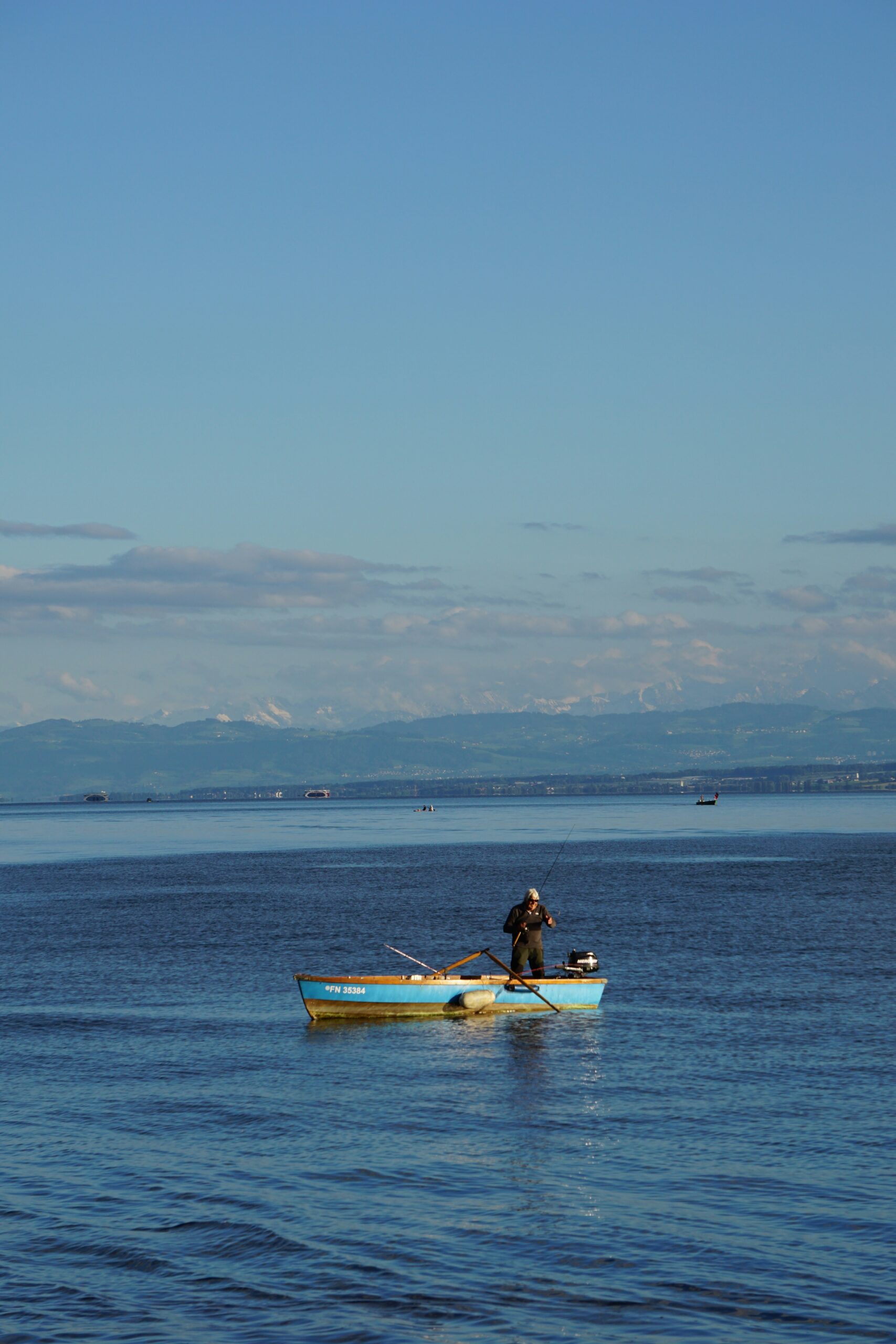Imagine this scenario: you've been eagerly anticipating a trip to Mount Shasta, a picturesque mountain known for its stunning views and breathtaking landscapes. As you embark on your hiking adventure, it is important to be aware of the potential dangers that may lurk in the midst of this natural paradise. One such danger, often overlooked, is the risk of carbon monoxide poisoning. In this article, we will explore the potential dangers of carbon monoxide poisoning on Mount Shasta and provide you with essential information to stay safe while enjoying the beauty of this magnificent mountain. So, grab your hiking gear and let's dive into this important topic.

Understanding Carbon Monoxide
Properties of Carbon Monoxide
Carbon monoxide (CO) is a colorless, odorless, and tasteless gas that is highly toxic to humans. It is commonly referred to as “the silent killer” because its presence often goes unnoticed until it is too late. CO is produced by the incomplete combustion of carbon-based fuels, such as gasoline, coal, wood, and propane. It is a byproduct of various household appliances, including stoves, heaters, furnaces, and generators.
Common Sources of Carbon Monoxide
In residential settings, the most common sources of carbon monoxide are malfunctioning or poorly maintained fuel-burning appliances, such as furnaces, water heaters, and gas ovens. Additionally, burning charcoal indoors or operating combustion engines in enclosed spaces, such as garages, can also release dangerous levels of CO. It is essential to understand that carbon monoxide can build up quickly in confined spaces, such as tents, cabins, and vehicles, leading to potentially fatal consequences.
Why Carbon Monoxide is Dangerous
Carbon monoxide poisoning occurs when high levels of this gas are inhaled, leading to the displacement of oxygen in the bloodstream. Oxygen is crucial for the proper functioning of organs and tissues, and when it is replaced by carbon monoxide, it can have severe health consequences. Symptoms of carbon monoxide poisoning include headaches, dizziness, nausea, confusion, and even loss of consciousness. Prolonged exposure to carbon monoxide can result in long-term health issues, such as neurological damage, cardiovascular problems, and even death.
Carbon Monoxide Poisoning Explained
Symptoms of Carbon Monoxide Poisoning
Recognizing the symptoms of carbon monoxide poisoning is critical for early detection and prevention of serious health complications. Common symptoms include headache, dizziness, weakness, nausea, vomiting, chest pain, and confusion. If you or someone you know experiences these symptoms and suspects carbon monoxide poisoning, it is essential to seek immediate medical attention and evacuate the affected area.
Long-Term Effects of Carbon Monoxide Exposure
Even if an individual survives a carbon monoxide poisoning incident, there can be long-term effects on their health. Prolonged exposure to high levels of carbon monoxide can cause lasting damage to the central nervous system, heart, and lungs. Neurological complications can include memory loss, difficulty concentrating, and impaired coordination. Cardiac issues and respiratory problems may also persist, leading to decreased overall quality of life.
How Carbon Monoxide Poisoning is Diagnosed
To diagnose carbon monoxide poisoning, medical professionals will typically evaluate the patient's symptoms, perform blood tests to measure the levels of carboxyhemoglobin (a compound formed when carbon monoxide binds with hemoglobin), and use a pulse oximeter to assess blood oxygen levels. Additionally, doctors may order imaging tests, such as a CT scan or MRI, to evaluate any potential brain damage resulting from the poisoning.
The Geography of Mount Shasta
Location and Height of Mount Shasta
Located in Northern California, Mount Shasta is a majestic stratovolcano that rises to an elevation of 14,179 feet (4,322 meters) above sea level. It is part of the Cascade Range and is the second-highest peak in the range after Mount Rainier. Mount Shasta's prominent location and stunning natural beauty make it a popular destination for outdoor enthusiasts and nature lovers.
Climatic Conditions on Mount Shasta
Mount Shasta experiences a medley of climatic conditions due to its elevation and regional influences. The lower elevations tend to have a Mediterranean climate, characterized by dry summers and mild, wet winters. However, as you ascend the mountain, temperatures drop, and precipitation increases. At higher altitudes, Mount Shasta is subject to frigid temperatures, heavy snowfall, and harsh winds, creating challenging conditions for climbers and adventurers.
Common Activities on Mount Shasta
Mount Shasta offers a plethora of outdoor activities for individuals of all skill levels. Hiking and backpacking are popular pursuits, with various trails providing breathtaking views of the surrounding wilderness. Mountaineering attracts experienced climbers seeking to conquer its challenging slopes and glaciers. Additionally, skiing and snowboarding opportunities abound during the winter months, attracting winter sports enthusiasts from near and far.
Factors Increasing Carbon Monoxide Risks on Mount Shasta
Usage of Stoves, Heaters, and Other Combustion Devices
When exploring the outdoors on Mount Shasta, many people rely on stoves, heaters, and other combustion devices to provide warmth and cook their meals. However, if these devices are not properly maintained or operated, they can release significant amounts of carbon monoxide. The lack of proper ventilation in outdoor shelters, such as tents and cabins, can exacerbate the risk of carbon monoxide buildup.
Confined Spaces like Tents and Cabins
Tents and cabins serve as temporary shelters for individuals seeking respite during their adventure on Mount Shasta. However, these confined spaces can quickly become hazardous if carbon monoxide accumulates due to improper ventilation or the usage of malfunctioning combustion devices. The limited airflow within these enclosed areas can trap the gas, putting occupants at a higher risk of carbon monoxide poisoning.
Low Oxygen Levels due to High Altitude
Mount Shasta's high altitude presents another challenge when it comes to carbon monoxide risks. As you ascend the mountain, the oxygen levels in the air decrease, making it even more crucial to ensure proper ventilation and the responsible use of combustion devices. Low oxygen levels can worsen the effects of carbon monoxide poisoning and impede the body's ability to recover from its harmful effects.

Case Studies of Carbon Monoxide Poisoning on Mount Shasta
Previous Instances of Poisoning on Mount Shasta
Unfortunately, Mount Shasta has witnessed several cases of carbon monoxide poisoning incidents, causing harm and even death to outdoor enthusiasts. These incidents have occurred in various settings, including tents, cabins, and vehicles, where the improper use of fuel-burning appliances led to the release of lethal levels of carbon monoxide.
Factors Leading to These Incidents
Investigations into past incidents of carbon monoxide poisoning on Mount Shasta have revealed common factors contributing to these unfortunate events. These include the use of faulty or poorly maintained combustion devices, lack of awareness regarding carbon monoxide risks, inadequate ventilation in confined spaces, and the failure to recognize and respond to early symptoms of poisoning.
Consequences and Outcomes of These Incidents
Carbon monoxide poisoning incidents on Mount Shasta have resulted in severe consequences for those involved. Tragically, some cases have led to fatalities, leaving families and communities devastated. Survivors of these incidents have endured long-lasting health complications and significant emotional trauma. These incidents underscore the need for continued education and prevention strategies to ensure the safety of all individuals on Mount Shasta.
Prevention of Carbon Monoxide Poisoning on Mount Shasta
Best Practices While Using Combustion Devices
To prevent carbon monoxide poisoning on Mount Shasta, it is crucial to follow best practices when using combustion devices. This includes properly maintaining and inspecting all fuel-burning appliances before your trip, ensuring that they have adequate ventilation, and never using them in enclosed spaces. It is also important to respect the manufacturer's guidelines and never leave devices unattended while in operation.
Proper Ventilation in Confined Spaces
When using tents, cabins, or vehicles as temporary shelters on Mount Shasta, providing proper ventilation is essential. Always ensure there is a flow of fresh air and avoid blocking or obstructing any vents. Opening windows or using venting systems can help prevent the build-up of carbon monoxide, reducing the risk of poisoning.
Usage of Carbon Monoxide Detectors
Installing carbon monoxide detectors in tents, cabins, and vehicles can serve as an added layer of protection against carbon monoxide poisoning. These devices are designed to detect elevated levels of carbon monoxide and emit a loud alarm to alert occupants to evacuate the area immediately. Regularly check and replace the batteries in these detectors to ensure they are functioning correctly.

Treatment of Carbon Monoxide Poisoning
Initial Steps to Take if Poisoned
If you suspect that you or someone else has been poisoned by carbon monoxide on Mount Shasta, it is crucial to take immediate action. The first step is to move to a well-ventilated area with fresh air and call emergency services for assistance. Evacuating the affected area swiftly can help reduce further exposure to the toxic gas.
Medical Treatments for Poisoning
Treating carbon monoxide poisoning often requires medical intervention. In the hospital, healthcare professionals may administer supplemental oxygen through a mask or in severe cases, deliver it through a hyperbaric chamber. The primary goal is to increase oxygen levels in the blood, effectively displacing carbon monoxide and restoring normal bodily functions.
Path to Recovery Following Poisoning
The recovery process following carbon monoxide poisoning can vary depending on the severity of the exposure. While some individuals may experience a full recovery with no long-term effects, others may require ongoing treatment and rehabilitation. It is essential to follow medical advice, attend follow-up appointments, and take steps to minimize future exposure risks.
Legal and Regulatory Aspects
Current Regulations Regarding Carbon Monoxide Safety on Mount Shasta
To address carbon monoxide risks on Mount Shasta, there are specific regulations in place aimed at ensuring public safety. These regulations may involve guidelines for the installation and maintenance of fuel-burning appliances, requirements for carbon monoxide detectors in certain settings, and education initiatives to raise awareness about the dangers of carbon monoxide poisoning.
Potential Legal Consequences for Negligence
Failure to comply with carbon monoxide safety regulations can result in legal consequences, especially in cases of negligence. Individuals or organizations found responsible for causing harm through inadequate maintenance, improper use of combustion devices, or failure to provide proper ventilation may face legal action, including fines and potential civil liability.
Proposed Changes to Current Regulations
As our understanding of carbon monoxide risks continues to evolve, there may be ongoing discussions and proposed changes to current regulations. This could involve updates to guidelines and standards for fuel-burning appliances, stricter requirements for carbon monoxide detectors, and enhanced education and training programs to ensure public safety on Mount Shasta.
Education and Public Awareness
Current Awareness About Carbon Monoxide Dangers
Raising public awareness regarding carbon monoxide dangers is crucial in preventing poisoning incidents on Mount Shasta. Through various channels such as media campaigns, public service announcements, and educational materials, efforts are being made to inform individuals about the risks associated with carbon monoxide and the importance of taking preventative measures.
Educational Campaigns and Initiatives
Numerous educational campaigns and initiatives have been implemented to educate the public about carbon monoxide safety. These initiatives focus on providing information on the sources of carbon monoxide, recognizing the symptoms of poisoning, and promoting best practices for the responsible use of combustion devices. By disseminating this knowledge, it is hoped that individuals will be better equipped to protect themselves and others from this deadly gas.
Improving Public Knowledge and Safety
Continued efforts to improve public knowledge and safety are key to minimizing the risks of carbon monoxide poisoning on Mount Shasta. This involves ongoing education and awareness campaigns, accessible resources for outdoor enthusiasts, and collaboration between relevant organizations, such as government agencies, guide services, and rescue teams. By working together, these stakeholders can enhance public safety and prevent future incidents.
Role of Guides and Rescuers on Mount Shasta
Training for Guides and Rescuers Regarding Carbon Monoxide
Given the potential risks of carbon monoxide poisoning on Mount Shasta, it is essential for guides and rescuers to receive comprehensive training regarding this hazard. This training should include awareness of carbon monoxide sources, recognition of symptoms, and protocols for handling poisoning incidents. Guides and rescuers should also be well-versed in preventative measures and equipped to educate those they accompany on the mountain.
How Guides and Rescuers Handle Poisoning Situations
In the event of a carbon monoxide poisoning incident, guides and rescuers play a critical role in providing immediate assistance and ensuring the safety of affected individuals. They are trained to recognize the symptoms of poisoning, evacuate the affected parties to a safe area, and promptly contact emergency services for further medical attention. It is crucial that guides and rescuers have the necessary resources and support to effectively respond to these situations.
Enhancing the Safety Protocols of Guides and Rescuers
To enhance safety on Mount Shasta, it is imperative to continuously review and improve the safety protocols for guides and rescuers. This includes regular training updates, promoting a culture of safety, and providing guides and rescuers with the necessary equipment and resources to effectively respond to carbon monoxide poisoning incidents. Additionally, fostering collaboration and information sharing among these professionals can contribute to a more comprehensive approach to preventing and managing carbon monoxide risks.
